In today’s world, many people struggle with poor posture due to long hours spent sitting, using computers, and looking down at phones. Poor posture can lead to back pain, neck strain, and overall discomfort. Yoga is a fantastic way to improve posture by strengthening the muscles that support proper alignment and increasing awareness of your body’s positioning. In this guide, we’ll explore the best yoga poses for improving posture and tips to help you maintain good alignment throughout your day.
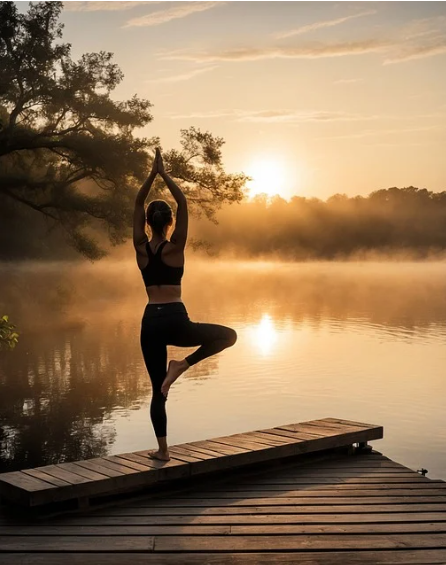
- Why Posture Matters
Good posture is essential for maintaining the health of your spine, muscles, and joints. Here’s why improving your posture is important:
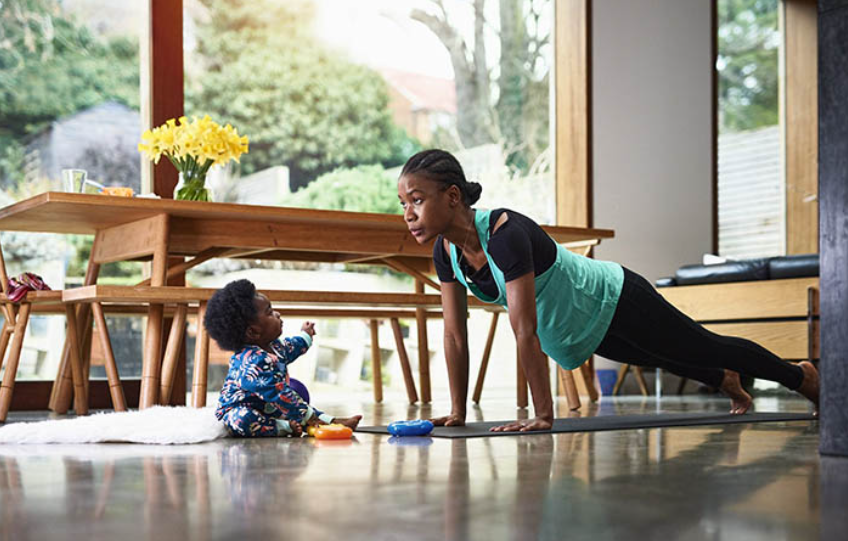
Prevents Pain: Proper alignment reduces strain on your muscles and joints, preventing common issues like back pain, neck strain, and headaches.
Improves Breathing: Slouching compresses the lungs, making it harder to breathe deeply. Good posture opens the chest and allows for better oxygen intake.
Boosts Confidence: Standing tall with proper alignment can help you feel more confident and energized.
Supports Digestion: Sitting or standing with good posture helps your digestive organs function properly, improving digestion.
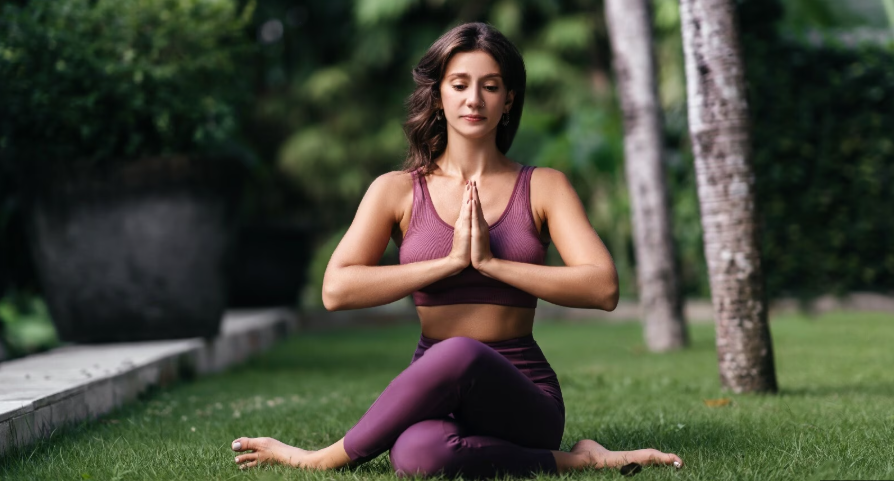
- Best Yoga Poses for Better Posture
These yoga poses are designed to open the chest, strengthen the back, and improve body awareness, all of which contribute to better posture.
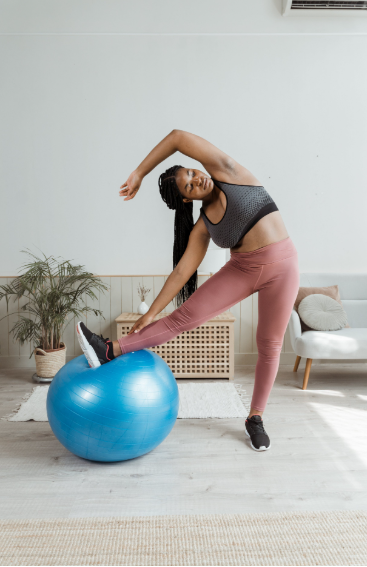
Mountain Pose (Tadasana): A foundational pose that teaches alignment and balance.
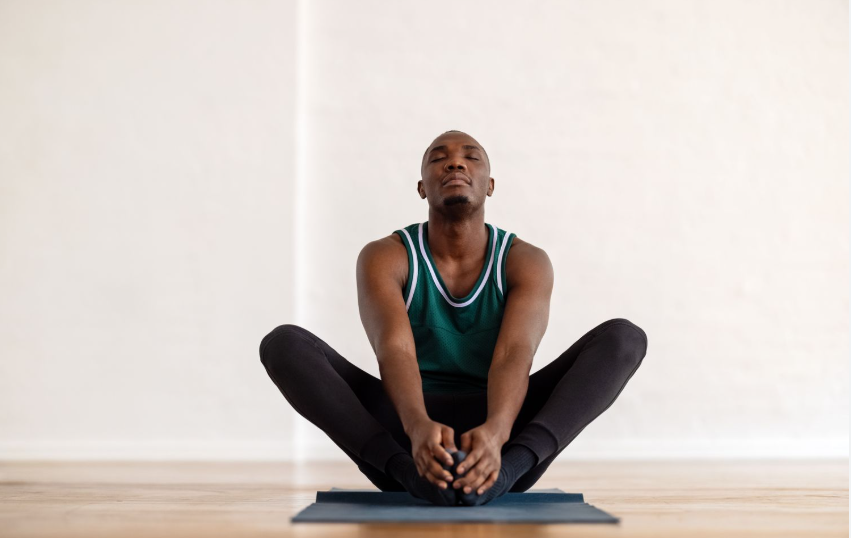
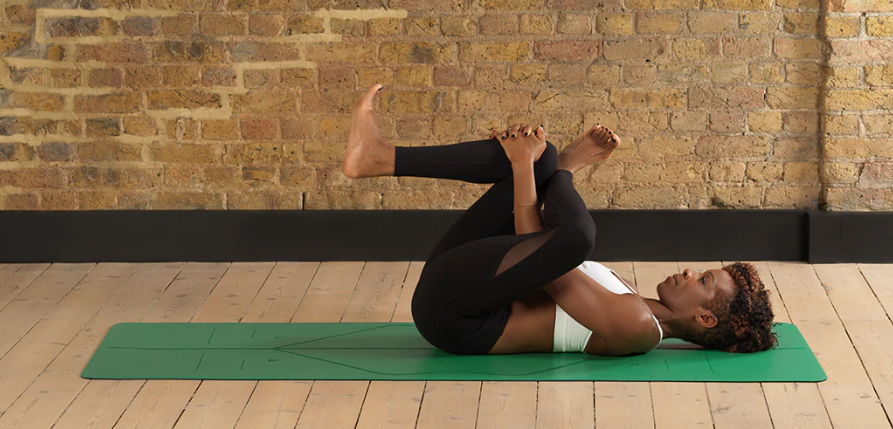
How to Do It: Stand with your feet hip-width apart, arms by your sides. Engage your core, lift your chest, and relax your shoulders. Distribute your weight evenly across both feet, and stand tall, reaching the crown of your head toward the ceiling.
Benefits: Mountain Pose improves body awareness and encourages proper alignment, helping you stand tall with better posture.
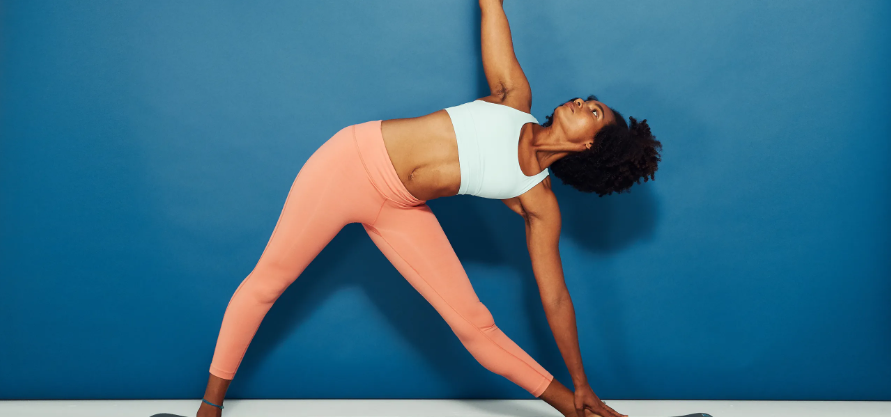
Cat-Cow Pose (Marjaryasana-Bitilasana): A gentle flow that stretches and strengthens the spine.


How to Do It: Start on your hands and knees. Inhale as you arch your back, lifting your head and tailbone (Cow Pose). Exhale as you round your spine, tucking your chin and pelvis (Cat Pose). Repeat for several breaths.
Benefits: This flow improves spinal mobility, strengthens the back muscles, and helps relieve tension in the neck and shoulders.
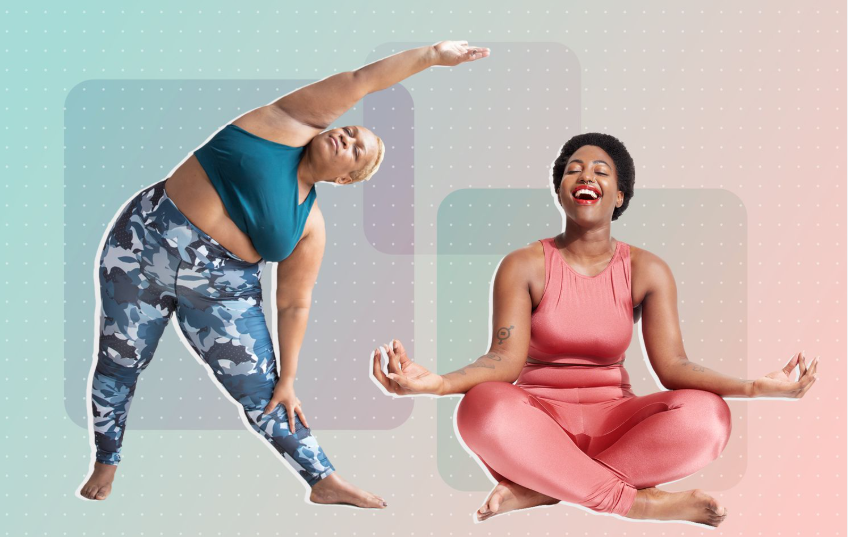
Bridge Pose (Setu Bandhasana): A gentle backbend that strengthens the back and opens the chest.
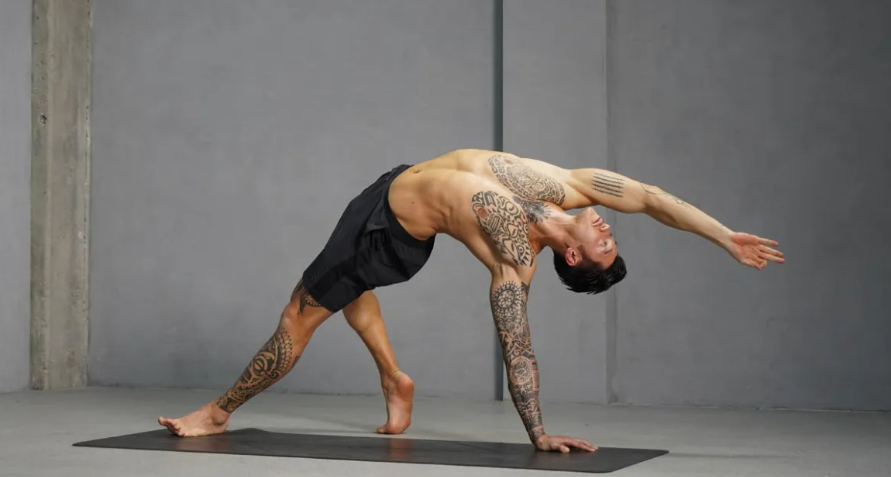
How to Do It: Lie on your back with your knees bent and feet flat on the floor. Press your feet into the mat and lift your hips toward the ceiling, engaging your core and glutes. Hold for several breaths.
Benefits: Bridge Pose strengthens the back, glutes, and hamstrings, while also opening the chest and improving spinal alignment.
Cobra Pose (Bhujangasana): A gentle backbend that opens the chest and strengthens the upper back.
How to Do It: Lie on your stomach with your hands under your shoulders. Inhale as you press through your palms and lift your chest off the ground, keeping your elbows slightly bent. Hold for several breaths, then release.
Benefits: Cobra Pose strengthens the muscles of the upper back, improves spinal mobility, and encourages better posture by opening the chest.
Downward-Facing Dog (Adho Mukha Svanasana): A full-body stretch that strengthens the back and shoulders.
How to Do It: Start on your hands and knees, then lift your hips toward the ceiling, forming an inverted V-shape with your body. Press your hands firmly into the mat and lengthen your spine. Hold for several breaths.
Benefits: Downward Dog stretches the spine, hamstrings, and shoulders while strengthening the arms and back, promoting better posture.
Warrior I (Virabhadrasana I): A standing pose that strengthens the legs, back, and core while opening the chest.
How to Do It: Step one foot back into a lunge, with your back foot turned out slightly. Bend your front knee and raise your arms overhead, engaging your core. Hold for several breaths, then switch sides.
Benefits: Warrior I builds strength in the legs, back, and core, while improving chest and shoulder flexibility.
Seated Forward Bend (Paschimottanasana): A seated stretch that lengthens the spine and hamstrings.
How to Do It: Sit with your legs extended in front of you. Inhale to lengthen your spine, then exhale as you fold forward from your hips, reaching for your feet or shins. Keep your back as straight as possible.
Benefits: Seated Forward Bend stretches the hamstrings and lower back, encouraging proper spinal alignment.
- Breathing Techniques to Improve Posture
Breathing deeply and mindfully can support good posture by helping you engage your core and open your chest. Here’s how to incorporate breathwork into your posture-improving yoga practice:
Diaphragmatic Breathing: Breathing deeply into your diaphragm helps engage your core and improve alignment.
How to Do It: Sit or stand tall with your spine straight. Inhale deeply through your nose, allowing your belly to rise as you breathe in. Exhale slowly, letting your belly fall as you engage your core. Repeat for several breaths.
Benefits: Diaphragmatic breathing promotes core engagement and encourages you to sit or stand with better posture.
Ujjayi Breath (Victorious Breath): A controlled breath that helps you stay focused and aligned during your practice.
How to Do It: Inhale deeply through your nose, then exhale through your nose while slightly constricting the back of your throat to create a soft "ocean" sound.
Benefits: Ujjayi breath encourages mindfulness, helps open the chest, and supports better alignment during your yoga practice.
- Tips for Maintaining Good Posture
Improving your posture takes time and consistency, but with these tips, you can start building better habits both on and off the mat:
Be Aware of Your Posture Throughout the Day: Whether you’re sitting, standing, or walking, make a habit of checking in with your posture. Engage your core, lift your chest, and avoid slouching.
Strengthen Your Core: A strong core is essential for maintaining good posture. Incorporate core-strengthening exercises like Plank Pose and Boat Pose into your yoga practice to build the stability needed to support your spine.
Stretch Regularly: Stretching tight muscles like the hamstrings, chest, and shoulders can help relieve tension that contributes to poor posture. Make stretching a regular part of your daily routine.
Use Props: If you’re sitting for long periods, use a lumbar support pillow to maintain the natural curve of your lower back. If you’re standing, shift your weight between your feet to avoid putting too much pressure on one side.
Take Breaks: If you spend long hours sitting at a desk, take regular breaks to stand, stretch, and reset your posture. Even a few minutes of movement can help prevent slouching and stiffness.
- Yoga Sequences for Better Posture
Here’s a simple yoga sequence that targets posture improvement and can be practiced regularly:
Start in Mountain Pose (Tadasana)
Stand tall, engage your core, and take a few deep breaths to center yourself.
Cat-Cow Pose (Marjaryasana-Bitilasana)
Flow through Cat-Cow for 5-10 breaths, focusing on improving spinal mobility.
Downward-Facing Dog (Adho Mukha Svanasana)
Hold for 5-10 breaths, lengthening your spine and stretching your back and shoulders.
Cobra Pose (Bhujangasana)
Hold for 5 breaths, opening your chest and strengthening your upper back.
Bridge Pose (Setu Bandhasana)
Hold for 5-10 breaths, engaging your glutes and lower back to improve spinal alignment.
Warrior I (Virabhadrasana I)
Hold for 5 breaths on each side, focusing on lifting your chest and engaging your core.
Finish in Child’s Pose (Balasana)
Rest in Child’s Pose for several breaths, allowing your back to relax.
Final Thoughts
Yoga is an excellent way to improve posture by strengthening the muscles that support proper alignment and increasing awareness of your body’s positioning. By incorporating these poses and breathwork into your routine, you’ll gradually build better posture habits, reducing pain and discomfort while improving your overall health. Remember to stay consistent and mindful of your posture throughout the day for long-term benefits.